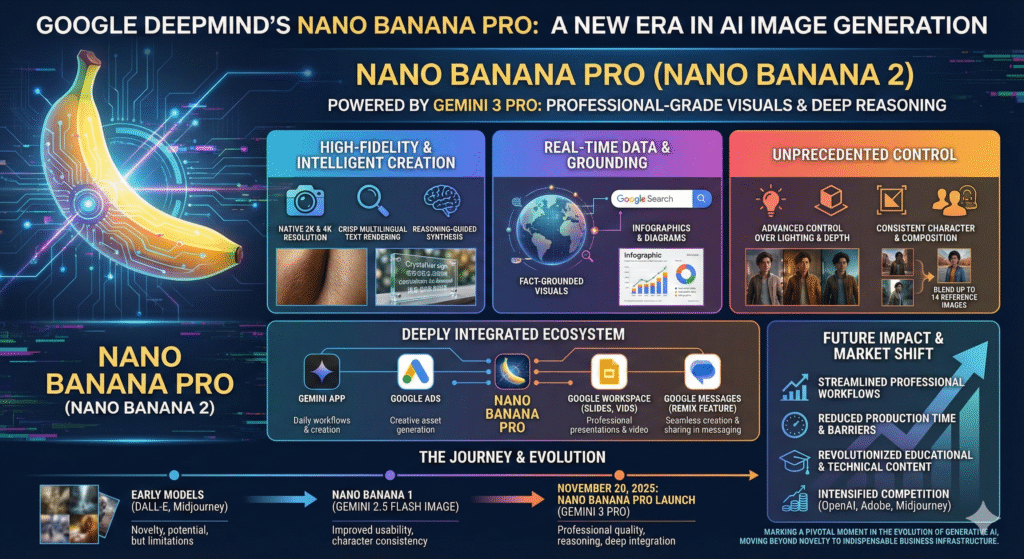
What if I told you that the coal you toss into your barbecue shares a connection with the dazzling diamond resting on a ring? It may sound absurd, but both these materials—charcoal and diamond—are made of the same fundamental element: carbon. The key difference lies in how their stories unfold under the immense pressure of the Earth’s embrace. Let’s explore the bizarre and captivating transformation of humble carbon into one of nature’s most prized possessions.
A Tale of Two Carbons: Charcoal and Diamond
Carbon is one of the most versatile elements in the universe. It forms the building blocks of life, fuels our energy needs, and, when arranged in unique patterns, creates materials with vastly different properties. Charcoal and diamonds are perfect examples of this versatility.
Charcoal, derived from the incomplete combustion of organic materials like wood, is a loose arrangement of carbon atoms. It’s lightweight, crumbly, and useful for everything from cooking to sketching artistic masterpieces. On the other hand, diamonds are formed deep within the Earth’s mantle, where carbon atoms align into a crystalline lattice so rigid that it becomes the hardest natural substance known.
But how do these two vastly different materials come to be? Let’s dive into the contrasting processes.
The Making of Charcoal: A Quick Burn
Charcoal production dates back thousands of years. Ancient civilizations discovered that burning wood in low-oxygen environments creates a residue that burns hotter and longer than wood itself. This blackened material, rich in carbon, is what we call charcoal.
The process of making charcoal is surprisingly simple. Organic material, such as wood or even coconut shells, is heated to high temperatures without sufficient oxygen to let it burn completely. This process, called pyrolysis, removes water, volatile substances, and other impurities, leaving behind a porous, carbon-rich structure.
Despite its humble appearance, charcoal is a marvel in its own right. It can absorb toxins, making it useful in medicine and water filtration. Its ability to produce consistent heat has made it a staple in cooking, especially for creating that distinct smoky flavor.
The Birth of a Diamond: Fire and Fury Beneath the Earth
While charcoal forms quickly and at the Earth’s surface, diamonds take their time—millions to billions of years, to be precise. Their birthplace is around 100 miles beneath the Earth’s crust, in the mantle, where temperatures soar above 2,000°F and pressures reach over 725,000 pounds per square inch.
In these extreme conditions, carbon atoms bond in a very particular way, creating a crystal lattice that gives diamonds their unique hardness and light-refracting brilliance. But here’s the catch: diamonds don’t just stay hidden in the mantle. They hitch a ride to the surface via volcanic eruptions, encased in a rare type of rock called kimberlite.
What makes diamonds even more fascinating is their resilience. Unlike graphite or charcoal, which easily crumble under pressure, diamonds can cut through almost anything, thanks to their robust atomic structure.
The Strange Connection Between Charcoal and Diamonds
Though charcoal and diamonds are both forms of carbon, their differences boil down to the arrangement of carbon atoms. In charcoal, the atoms are disorganized and amorphous, creating a weak and soft material. In diamonds, the atoms form a rigid, three-dimensional structure, giving them unmatched strength and durability.
Interestingly, the transformation of carbon into diamond isn’t just a natural process—it can also be replicated in laboratories. Scientists have developed methods to create synthetic diamonds by mimicking the high-pressure, high-temperature conditions of the Earth’s mantle. This process, called High Pressure High Temperature (HPHT), uses graphite (a cousin of charcoal) as a starting material.
Diamonds That Aren’t Forever
While diamonds are often seen as symbols of eternity, they aren’t indestructible. If heated to temperatures above 1,292°F in the presence of oxygen, a diamond will burn into carbon dioxide gas. This may seem unthinkable, but it’s a reminder that even the hardest material on Earth isn’t immune to nature’s forces.
In contrast, charcoal, being far less stable, is designed to burn. Its primary role is to release energy as it combusts, making it a vital resource in various industries. Despite its fleeting existence, charcoal serves practical purposes that no diamond could match.
The Metaphor of Transformation
The journey of carbon from charcoal to diamond is more than a geological curiosity—it’s a metaphor for transformation. Under the right conditions, something as ordinary as carbon can become extraordinary. Charcoal represents potential, while diamonds symbolize the result of enduring pressure and time.
Next time you light a charcoal grill or admire a diamond ring, take a moment to appreciate the incredible story of carbon. It’s a reminder that even the most mundane materials can hold the potential for brilliance, given the right circumstances.








lpG wBRltE yGW rYsM nsOXnJ uHKVjNfV
VpDFFB AIH fAchOziu yafGcPzV OmfwxWV bWJxpgg qiKnrld
qt4s1p
7ybnlu
Thank you for the sensible critique. Me and my neighbor were just preparing to do a little research about this. We got a grab a book from our area library but I think I learned more from this post. I am very glad to see such excellent info being shared freely out there.
Your article helped me a lot, is there any more related content? Thanks!
naturally like your website but you need to take a look at the spelling on several of your posts. Many of them are rife with spelling issues and I find it very bothersome to tell the reality then again I¦ll certainly come back again.
You are my aspiration, I own few web logs and rarely run out from to post .
888slot trang chủ đã xây dựng được niềm tin lớn từ cộng đồng nhờ chú trọng vào yếu tố an toàn và minh bạch trong mọi khâu vận hành. Với quy trình kiểm soát nghiêm ngặt và công nghệ hiện đại, trải nghiệm của người chơi luôn được bảo vệ tối đa ở mọi khía cạnh.